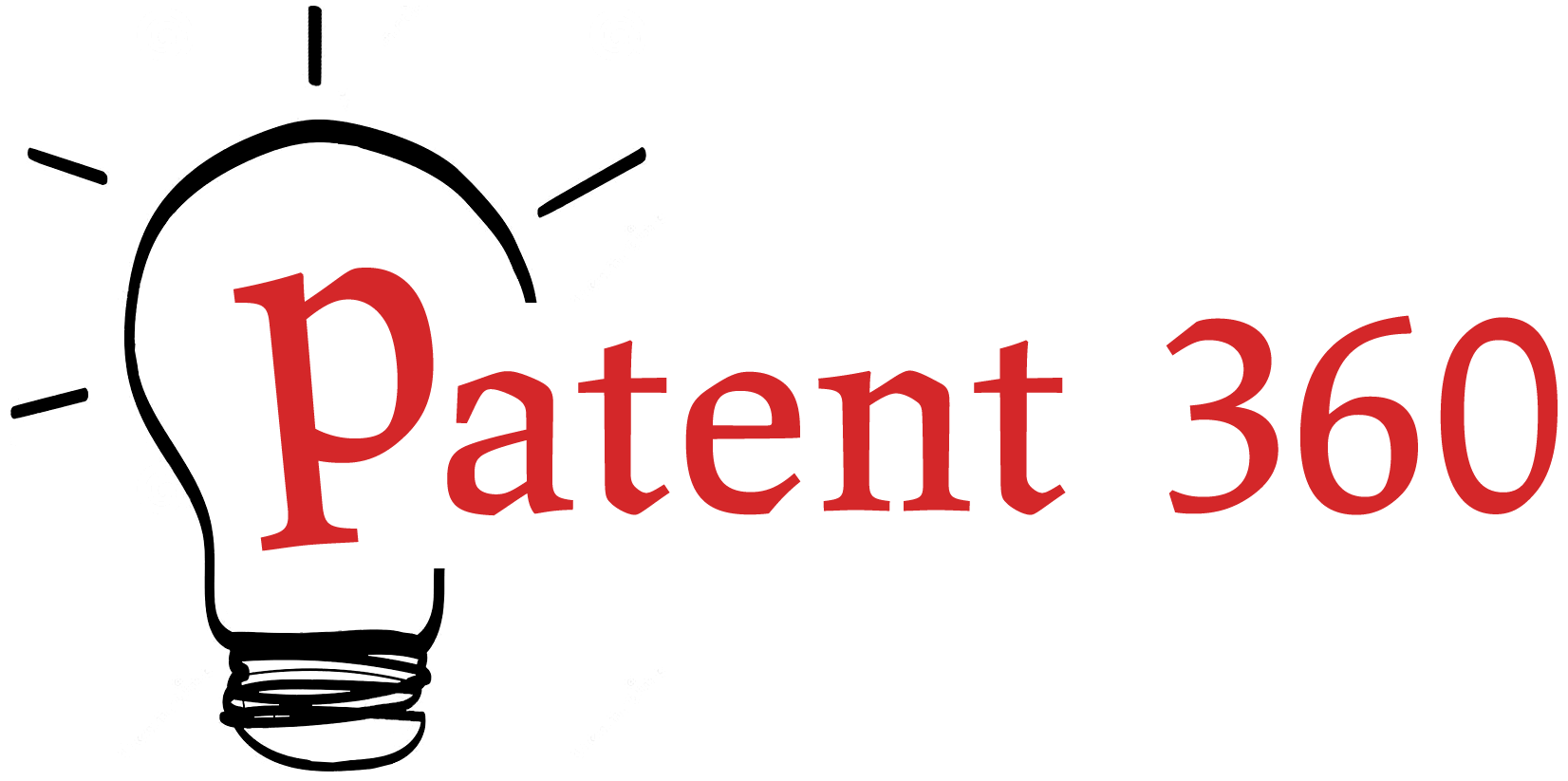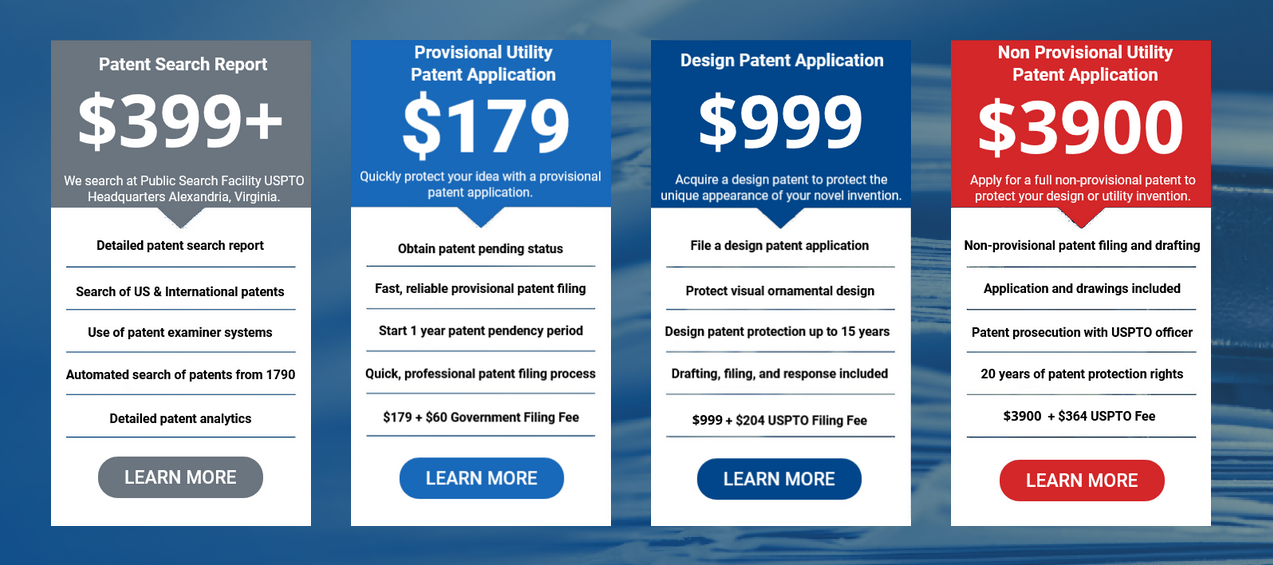There are several key steps in the software patent process for startups. Typically, the software patent process protects computer programs, mobile apps, and integrated algorithms. Comprehensive IP protection can help restrict competitors from stealing the functional aspects of a new software technology. Of course, the procedure applies to new, useful, and non-obvious software inventions. Plus, the software must produce a technical improvement over existing systems, applications, and computer programs. As a startup owner yourself, clearly understand the software patent process to protect the unique features and functions of your software. Work with an experienced software patent attorney to determine the key features of your application – eligible for patent protection. Keep reading to learn about the comprehensive software patent process for startups.
Hire An Experienced Software Patent Attorney
The first step of software patent process involves hiring an experienced patent attorney. A knowledgeable patent attorney examines software patent protection from a business perspective. Notably, a lawyer can help make strategic decisions to build a strong software patent portfolio – leading to long-term business success. Often, attorneys combine their technical background and legal experience to assist startups throughout the IP filing process. For instance, your attorney may recommend provisional applications to help secure an early filing date. Plus, you may receive legal advice to file PCT applications overseas and secure foreign IP rights for your startup. Definitely, hiring a top-rated patent attorney is an unavoidable step in software patent process.
Develop A Startup-Focused Patent Strategy
Next, develop a startup-focused strategy for your software patent application. Typically, the software patent process is slow – often taking up to 2 years for USPTO approval. A startup-focused strategy puts emphasis on the overall shelf-life of a new computer software. Instead of the tech itself, you should focus on how your application solves various customer problems. Your attorney will help develop an IP protection roadmap to protect the most unique experiences. This way, you can avoid filing for random patents and protect unique features that engage the customers. Definitely, work with an experienced agent during the software patent process to build a startup-focused IP strategy.
Evaluate Software Patent Costs
Next, evaluate the associated costs throughout the software patent process. Similar to other businesses, tech-based startups must perform a cost-benefit analysis for IP protection. Typically, the patent costs directly depend on the complexity of the software application and attorney fees. While the standard USPTO filing fee for a utility patent is $320, small entities and startups may submit an application at lower charges. Plus, your startup must also consider prior art search charges. In general, software patent search fee ranges between $1,000 to $3,000. Or, you can work with fixed-rate attorneys and request a comprehensive patent search report at $399. Work with your attorney to clearly understand filing fees, additional charges, and the overall timeline for your patent application. Indeed, consider various costs before moving ahead in the software patent process.
Perform A Software Prior Art Search
At this point in software patent process, it is time to perform a comprehensive prior art search. A professional patent search report identifies key features of a computer-implemented process eligible for IP protection. Top-rated attorneys compare your software’s features against existing patents, published applications, and non-patent literature (NPL). With this prior art search, your attorney can easily distinguish novel features and technical processes of your software. Instead of broadly describing multiple aspects, the lawyer can include relevant claims in your application draft – increasing the chances of patent approval. Indeed, consider prior art search as an essential step of the software patent process.
File A Provisional Application For Software
The last step of the software patent process for startups is to file a provisional application. The best patent attorneys recommend provisional applications for software inventions to obtain an extra year of protection. Plus, these applications provide enough time to further develop and perfect the application – with a “patent pending” status. Of course, after 12 months, convert provisional patents to non-provisional applications to protect the early priority date. With non-provisional filing, your attorney will prepare detailed drafts only highlighting the patentable subject matters. Indeed, file a provisional application to complete the software patent process.
There are several key steps to the software patent process for startups. Start the procedure by hiring a top-rated software patent attorney – specializing in technology IP protection. Next, work with your attorney to develop a startup-focused patent strategy to protect the unique experiences of your software invention. Before submitting an application, clearly understand the software patent filing costs, patent search charges, and attorney fees. At this point, you can get a patent search report to find patented claims and similar software. Once the prior art search is completed, file a provisional application to obtain an early filing date for your software invention. Follow the points above to understand the software patent process for startups.





